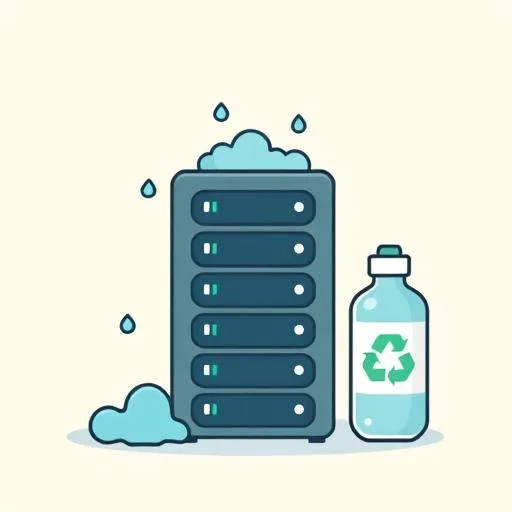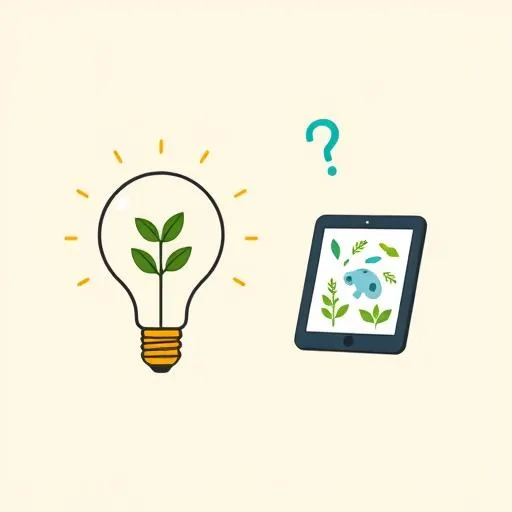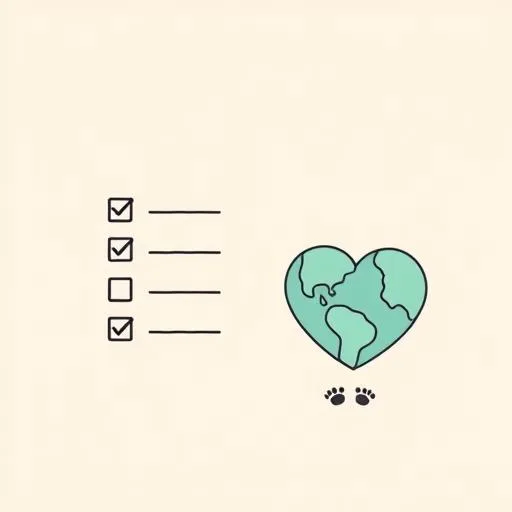
Picture your child asking where the internet lives. Adorable, right? But it’s also a golden doorway to talk about technology’s hidden rhythms—like how datacentres actually sip water more carefully than we feared. A new TechUK report with the Environment Agency spilled these refreshing details, and suddenly, I’m thinking: How do we weave this into nurturing kids who see tech as both wonder and responsibility? Not with worry, but with warm, grounded curiosity.
How Do Datacentres Really Use Water?

Let’s unwrap this gently, like sharing a discovery over morning toast. The report surveyed 73 English datacentres—about a sixth of the total—and the numbers? Brighter than expected. Here’s something amazing: sixty-four percent of these centers use less than 10,000 cubic meters of water each year! TechUK puts it this way: that’s less than a typical leisure center or even a Premier League football club! And here’s the real kicker: over half now run on waterless cooling systems. Meaning they only need what any building uses for basics, like flushing toilets. Luisa Cardani from TechUK captures this shift perfectly: operators ‘move away from water use where possible’ as they see scarcity ahead. Closed-loop tech means 89% no longer sweat water monitoring. It’s like teaching kids to reuse a water bottle instead of grabbing a new one—simple, sensible, and oh-so-smart.
What hits me is the mindset: innovation born from respect, not just rules. Remember when your little one found a new way to stack blocks without toppling? That’s the spirit here. Operators aren’t waiting—they’re reshaping cooling for AI-ready servers today, so future tech grows lighter on the planet. Progress isn’t flashy; it’s steady as a heartbeat.
Why Does Transparency in Datacentre Water Use Matter?

Hold on though—let’s not toss confetti just yet. The report’s own words admit gaps: self-reported data from 73 sites, no outside checks. Sounds familiar, huh? Like when your child claims they ‘cleaned the room’ but just shoved toys under the bed. Oof. Richard Thompson of the Environment Agency puts it plainly: the sector must ‘put sustainability at its heart.’ Water’s finite, even on a clear September day when the air feels ripe for play. If datacentres power tomorrow’s AI tools our kids will inherit, shouldn’t we know their full footprint? Otherwise, how do we model true stewardship?
This brings us to an important question: what legacy are we leaving? I get why this matters at bedtime. Kids absorb how we handle uncertainty. If we gloss over missing puzzle pieces—like that 4% using heavy water (over 100,000m³ yearly)—we miss chances to teach critical thinking. Imagine their playground drying up because resources weren’t managed wisely. Scary thought, but it’s why full visibility isn’t just ‘nice to have’; it’s how we raise a generation that asks, ‘Is this enough?’ not just ‘Is it working?’
How Can We Grow Kids’ Eco-Curiosity from Tech?

So how does this land at our kitchen tables? Perfectly ripe for wonder. Next time your child shares a video or plays a game online, try: ‘Where do you think those pixels chill out? And what keeps them cool?’ Ditch the jargon—just spark chat over apple slices. TechUK’s findings show change is possible, and we can mirror that at home. Build a ‘cooling tower’ with LEGOs that needs no water, or guess why some football clubs sip less (yep, the report compares it!). Not to scare, but to seed resourcefulness. Because magic happens when their eyes widen realizing tech can hug the planet.
This isn’t about drilling facts. It’s about nurturing the ‘why’ behind the ‘wow’. Picture them puzzling over a rain cloud outside—‘Where does it go?’—then linking that to how datacentres use closed loops. Suddenly, tech feels human-sized. And when they spot companies innovating like Cardani described? That’s the spark for future engineers, designers, and stewards. Curiosity isn’t taught; it’s caught when we share our own messy discoveries.
What Are Practical Ways to Parent with Purpose on Water Use?

Action beats anxiety, hands down. Let’s turn insights into everyday habits that feel like play, not homework:
- Celebrate clever tech: While streaming a family movie, say, ‘Love how this uses barely any water—shoutout to the engineers!’ Make it a cheer, not a lecture.
- Water wisdom walks: Stroll past a business and play ‘Guess the Footprint’. ‘Do you think this spot’s water-wise? How’d we fix it?’ Turn observation into adventure.
- Champion clear stories: Support companies and policies that reveal their eco-impact. It’s like insisting on full honesty when borrowing a friend’s bike—integrity builds trust.
The win isn’t perfection; it’s progress sprinkled with giggles. Last week, over strawberries, my daughter declared, ‘Tech should show its water!’ juice on her chin. Moments like that stick. Because when kids see us wrestling real-world puzzles with hope? That’s where resilience roots. TechUK’s report is a step, but the real legacy is kids who grow up believing they can shape tech to serve people and planet. Now that’s worth toasting to, water glass in hand.
Source: Water efficiency of English datacentres scrutinised in TechUK report, Computer Weekly, 2025/09/05 12:22:00
